India's Mars orbiter turns one
- Published
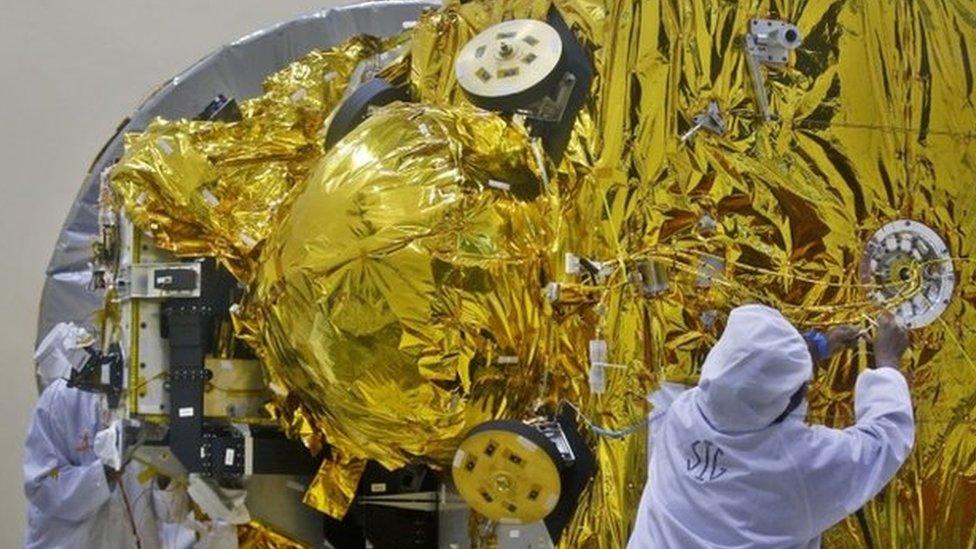
Mars Orbiter Mission (MOM) is one of the cheapest interplanetary missions ever undertaken
It has been one year since India became the first nation to successfully place a satellite into orbit around Mars on its first attempt.
The Mangalyaan robotic probe, one of the cheapest interplanetary missions ever, has been studying the Red Planet's atmosphere.
Over the year, it has also taken some detailed pictures of Mars' geography.
We look back at some of the main highlights of Mangalyaan's year in orbit.

It came cheap
Perhaps one of Mangalyaan's biggest triumphs was that it changed the way we thought about space travel.
This is a mission that was budgeted at 4.5bn rupees ($74m), which, by Western standards, is staggeringly cheap.
The American Maven orbiter that arrived at the Red Planet a few days before the Indian probe cost almost 10 times as much.
India's Mars orbiter
$74m
Cost of India's Mangalyaan mission
$671m
Cost of Nasa's Maven Mars mission
-
Launched on 5 Nov 2013
-
Weighs 1,350kg
-
Closest point to Mars 366km
"For sure, people costs are less in this populous nation, and the scientists and engineers working on any space mission are always the largest part of the ticket price", said BBC's Jonathan Amos.
"Home-grown components and technologies have also been prioritised over expensive foreign imports. But, in addition, India has been careful to do things simply."

It got its own Google doodle
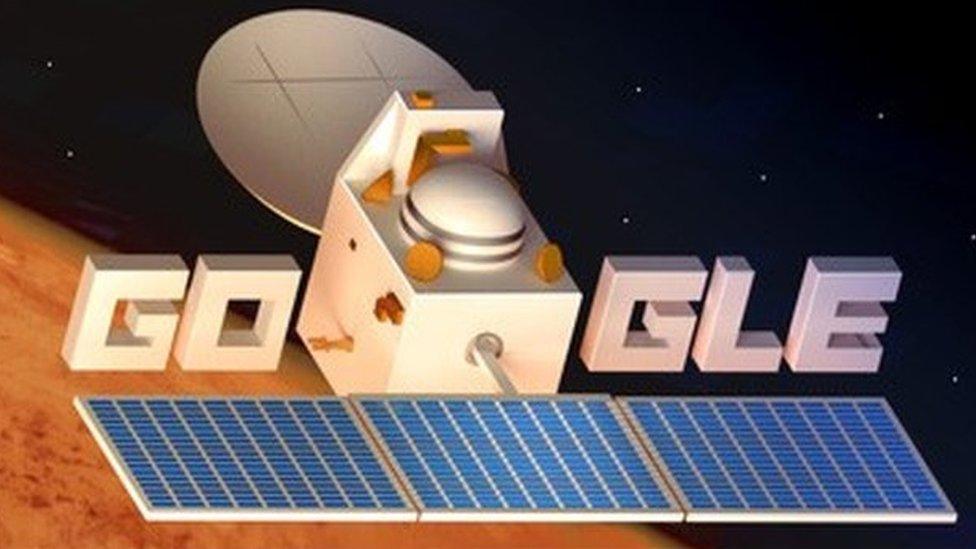
Google has done a number of doodles on Indian subjects
Google got in on the Mars orbiter celebrations by releasing a Mangalyaan themed doodle to mark the satellite's first month in orbit around Mars.
Google has done a number of doodles on a variety of Indian subjects, including marking the country's Independence and Republic Days, the festivals of Holi and Diwali, the cricket World Cup and the birth anniversaries of Mahatma Gandhi and Rabindranath Tagore.

It became Twitter BFFs with the Curiosity rover
The Mars Orbiter Twitter feed has truly been one of the highlights of its year long orbit around the red planet.
It has a great sense of humour and frequently engages in friendly banter with other satellites and probes. However its relationship with the Mars Curiosity rover is probably the most special.
The Curiosity rover in fact, was one of the first to tweet at Mangalyaan soon after it was placed into orbit, and the two seem to have kept in touch.
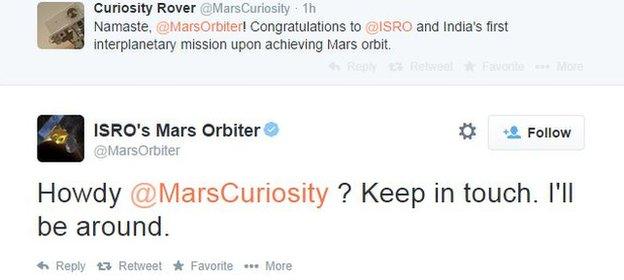


It survived a close encounter with a comet
The Siding Spring comet which had a near brush with Mars in October 2014, also came uncomfortably close to Mangalyaan.
India's space agency had to reposition the satellite so that it would not be destroyed by the comet.
Scientists had voiced concern, saying that the comet's massive dust trail as a result of the flyby could potentially cause damage to the sensitive electronic equipment aboard the probe. But as we saw from the tweet below, there was absolutely no harm done.
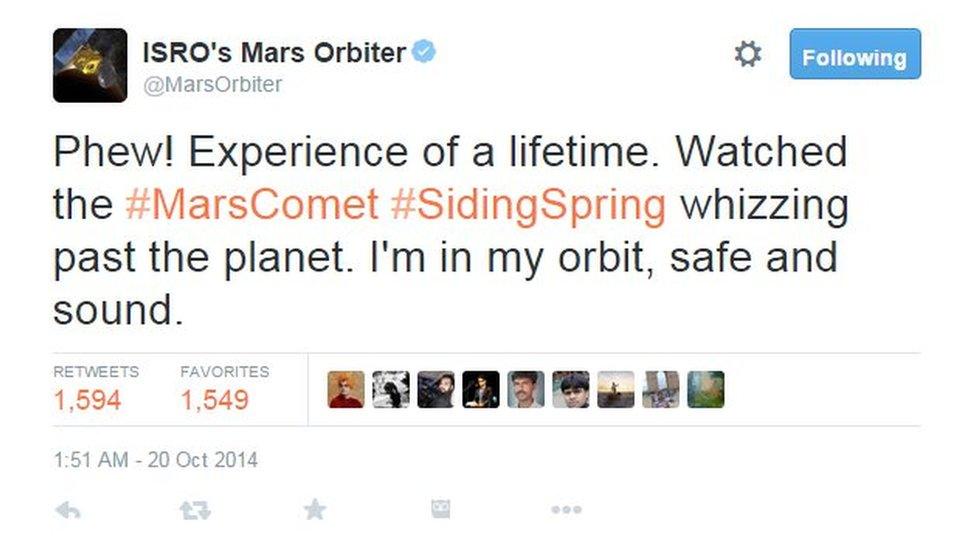

It took some amazing pictures
The orbiter has sent some stunning pictures back to India, which have been released by the ISRO space agency. Here are a few:
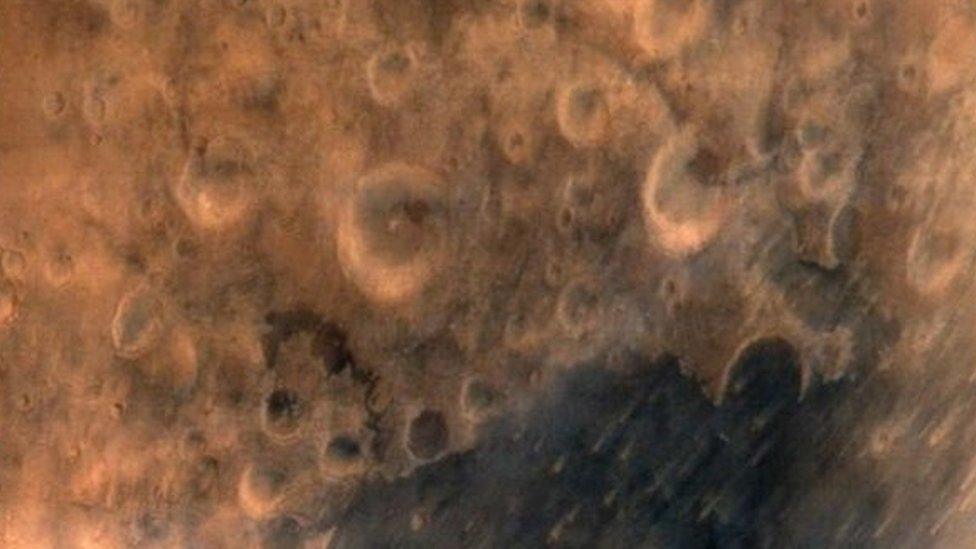
The first image of Mars taken by the Indian orbiter
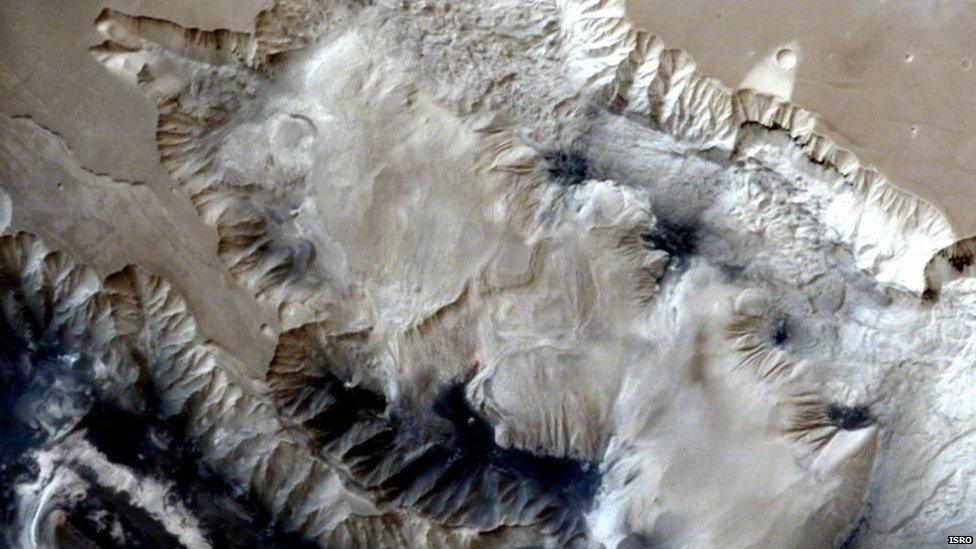
This image of the Ophir Chasma, a canyon in Mars was captured at an altitude of 1,857km with a resolution of 96m, Isro said
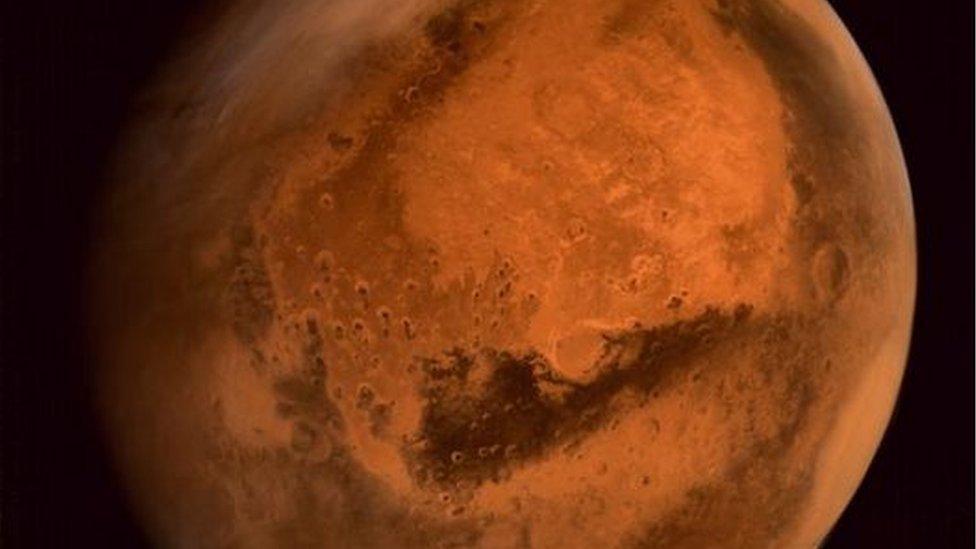
"Somethings brewing here" was the caption of this full size photograph by Mangalyaan